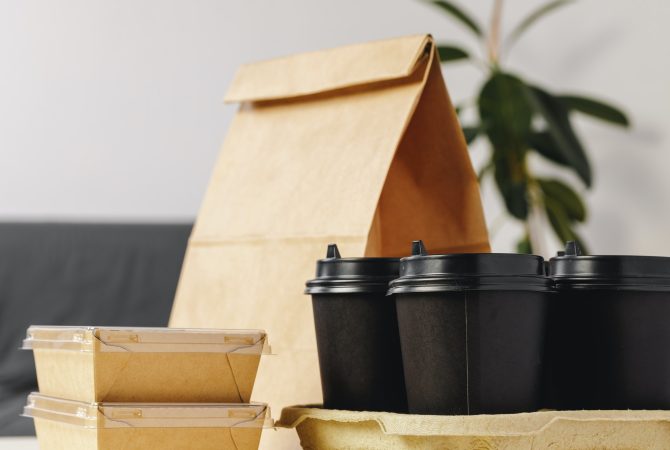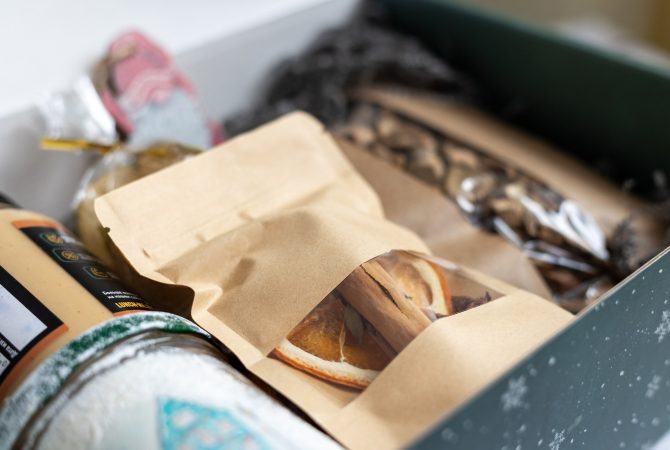Last Updated on March 14, 2025 by Natural Packaging Team
Struggling to choose the right box shape for your products? Shipping costs eating into your profits? Selecting the optimal box dimensions can make a huge difference.
Cube, long, and tall boxes each serve different purposes. Choosing correctly optimizes space and minimizes costs. This guide will simplify the decision.

Let’s get into the details and see which is fit for your products.
Key Differences: When to Use Cube, Long, or Tall Boxes (With Examples)
Confused about when to use each box type? It’s not just about fitting the item. It is about efficiency and protection.
Cube boxes are for compact items. Long boxes suit items like posters. Tall boxes are ideal for items like lamps.
Cube Boxes
Think of cube boxes as the all-rounders for compact, relatively evenly-proportioned items. Their equal length, width, and height make them efficient for stacking and storage. They’re ideal for:
- Books: A stack of books fits snugly into a cube box, minimizing movement during shipping.
- Small electronics: Items like headphones or smartwatches are well-protected in a cube box with appropriate cushioning.
- Sets of items: If you’re selling a set of mugs or a collection of small toys, a cube box can keep them organized.
Long Boxes
Long boxes are designed for items that are significantly longer in one dimension than the others. Common uses include:
- Posters and artwork: Rolled-up posters or framed artwork fit perfectly into a long box, preventing bending or creasing.
- Fishing rods and sporting equipment: The elongated shape accommodates these items without unnecessary extra space.
- Architectural drawings: Similar to posters, these need to be kept flat and protected from damage.
Tall Boxes
Tall boxes are the go-to choice for items that are considerably taller than they are wide or long. Examples include:
- Lamps and lighting fixtures: The height of a tall box provides ample space for these items, often with room for protective wrapping.
- Golf clubs: A set of golf clubs fits securely into a tall box, minimizing the risk of damage during transit.
- Floor-standing vases: Tall boxes offer the necessary vertical space to protect these delicate items.
| Box Type | Ideal For | Less Ideal For | Key Benefit |
|---|---|---|---|
| Cube | Compact, evenly-proportioned items | Long or tall items | Efficient stacking, minimizes wasted space |
| Long | Items significantly longer in one dimension | Bulky or compact items | Protects elongated items from bending/damage |
| Tall | Items considerably taller than wide/long | Short or wide items | Accommodates height, protects from tipping |
We’ve seen clients drastically reduce their shipping costs simply by switching to the correct box type. One client, a seller of artisanal candles, switched from oversized cube boxes to appropriately sized tall boxes and saw a 15% reduction in their shipping expenses.
5 Rules for Choosing Box Dimensions to Slash Shipping Costs
Want to lower your shipping expenses? Box dimensions are more critical than you might think. What simple rules can save you money?
Measure accurately. Minimize empty space. Consider dimensional weight. Use standard sizes. Don’t overpack.

These five fundamental rules can make a big impact on your bottom line:
- Measure Accurately: Always measure the exact dimensions of your product, including any protrusions or irregular shapes. This is the foundation for choosing the right box size.
- Minimize Empty Space: Excess space inside the box not only wastes packing materials but can also increase shipping costs, especially if dimensional weight applies.
- Consider Dimensional Weight: Carriers often use dimensional weight (DIM weight) to calculate shipping costs. DIM weight considers the box’s volume, not just its actual weight. Larger boxes, even if lightweight, can incur higher DIM weight charges.
- Use Standard Sizes: Whenever possible, opt for standard box sizes offered by carriers. Custom-sized boxes can be more expensive to produce and may not be optimized for carrier handling systems.
- Don’t Overpack: While minimizing empty space is important, avoid cramming items into a box that’s too small. This can lead to damage during transit and ultimately cost you more in replacements or refunds.
| Rule | How it Saves Money | Example |
|---|---|---|
| Measure Accurately | Avoids using oversized boxes, reducing material and shipping costs | Measuring a book accurately prevents using a box that’s too large, saving on both box cost and DIM weight charges. |
| Minimize Empty Space | Reduces filler material costs and potential DIM weight charges | Choosing a box that snugly fits a product eliminates the need for excessive bubble wrap. |
| Consider DIM Weight | Prevents unexpected high shipping costs due to box volume | A large, lightweight item might be cheaper to ship in a smaller, denser box. |
| Use Standard Sizes | Lower box costs and optimized for carrier handling | Using a standard carrier box instead of a custom size can be significantly cheaper. |
| Don’t Overpack | Prevents product damage and associated replacement/refund costs | Using a slightly larger box with proper cushioning is better than forcing an item into a box that’s too small. |
We often advise clients to audit their packaging practices regularly. Even small adjustments to box dimensions can lead to significant savings over time.
Proven Tactics: How to Modify Box Dimensions Without Compromising Protection
Worried that smaller boxes mean less protection? Reducing size doesn’t have to mean sacrificing safety. What techniques can maintain product integrity?
Use custom inserts. Choose stronger materials. Optimize packing techniques. Consider multi-depth boxes.

Modifying box dimensions to save on shipping costs doesn’t have to come at the expense of product protection. Here are some proven tactics:
- Custom Inserts: Cardboard or foam inserts can be designed to cradle your product securely within the box, minimizing movement and providing cushioning.
- Stronger Materials: Consider using a higher-strength corrugated board or double-walled boxes for added protection, especially for fragile or heavy items.
- Optimize Packing Techniques: Proper folding, taping, and void fill techniques can significantly enhance the protective qualities of a box.
- Multi-Depth Boxes:These allow you to adjust the box to the exact height.
| Tactic | How it Protects | Example |
|---|---|---|
| Custom Inserts | Cradles product, minimizes movement, provides cushioning | A foam insert designed to hold a delicate ceramic item securely within the box. |
| Stronger Materials | Resists crushing, bending, and punctures | Using a double-walled box for shipping a heavy electronic component. |
| Optimize Packing | Enhances box integrity, prevents shifting | Properly folding and taping box flaps, using appropriate void fill to prevent items from moving during transit. |
| Multi-Depth Boxes | You can change the height, to fit your product. | Help save space. |
We’ve helped numerous businesses optimize their packaging while actually improving product protection. One client, a distributor of scientific instruments, switched to custom-designed inserts and stronger corrugated board, allowing them to reduce box sizes and shipping costs without increasing damage rates.
Conclusion
Choosing between cube, long, and tall boxes is vital for smart shipping. Applying these rules and methods optimizes dimensions and protects goods.
Call to Action
If you are in search of high-quality supplier, then please contact us immediately. Moreover, there is a discount now. You can place an order of 100 units, and we will deliver them to you within one week. So, take action now!



